Glue stick marks on paper can be stubborn and unsightly, often marring the clean look of your projects.
However, with the right techniques, you can effectively remove these marks without causing further damage.
This guide provides step-by-step instructions on safely eliminating glue stick residue from paper.
From waiting for the glue to dry to employing gentle removal methods, we’ll explore practical approaches that preserve the integrity of your paper.
Whether you’re an avid crafter, a student working on assignments, or simply dealing with accidental spills, these tips will help you restore your paper to its pristine condition, ensuring your projects maintain a polished finish.
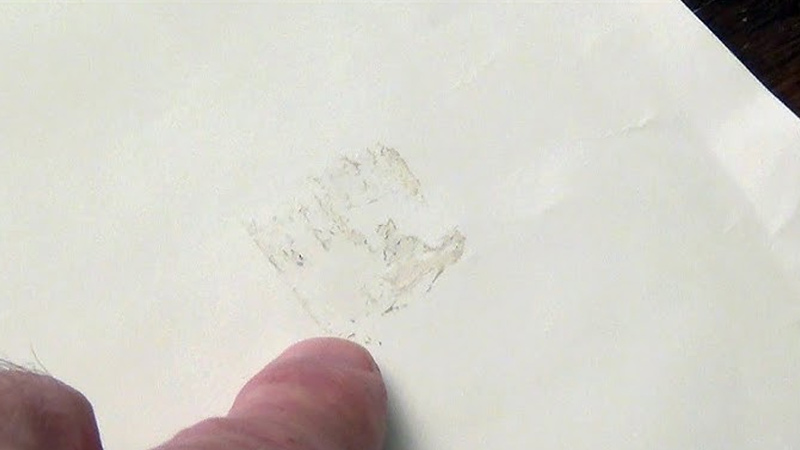
What Are Glue Stick Marks?
Glue stick marks refer to adhesive residue or marks left behind on paper or other surfaces when a glue stick is applied and then dries.
Glue sticks are commonly used in various craft projects, scrapbooking, office work, and school assignments to adhere paper or lightweight materials together.
However, sometimes excess glue can seep out or spread beyond the intended area, leaving behind visible marks or a sticky residue.
These marks can be unsightly and may interfere with the appearance or functionality of the paper, especially if they are on the front of a document or artwork.
Removing glue stick marks, as discussed in the previous responses, can be necessary to restore the clean and pristine appearance of the paper.
How to Get Rid of Glue Stick Marks on Paper?
Removing glue stick marks from paper can be a delicate process, as paper is easily damaged.
Here are some steps you can follow to try and get rid of glue stick marks without causing too much harm to the paper:
Wait for the Glue to Dry

If the glue is still wet, avoid touching it or attempting to remove it until it has completely dried. Trying to remove wet glue can spread it or cause further damage to the paper.
Allow it to air dry naturally. You can speed up the process by gently blowing cool air on it using a fan or a hairdryer on the lowest, cool setting.
Peel Off as Much Glue as Possible

Once the glue has dried, use your fingernail or a plastic scraper to gently lift the edges of the glue from the paper.
Work slowly and delicately to avoid tearing the paper. If the glue is particularly thick, try to remove the excess by scraping it away in layers.
Use an Eraser
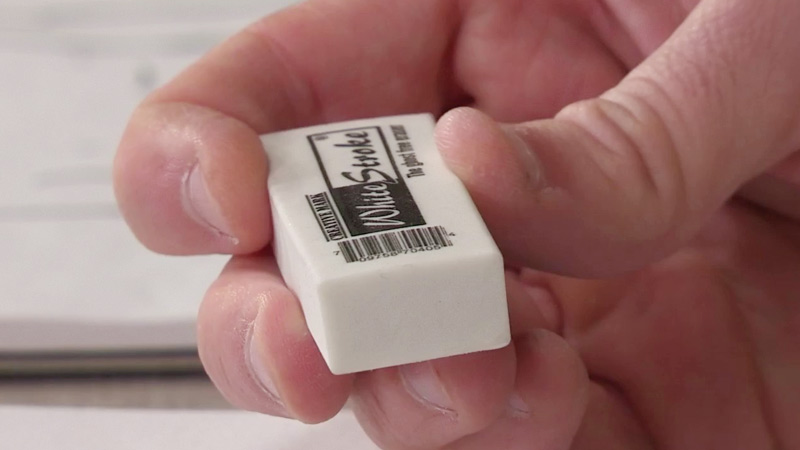
Select a soft, white eraser. Kneaded erasers or rubber erasers work well. Hold the paper firmly and, using gentle strokes, rub the eraser over the glue marks in one direction.
This can help lift some of the residue. Be careful not to press too hard to prevent damage to the paper.
Rubbing Alcohol
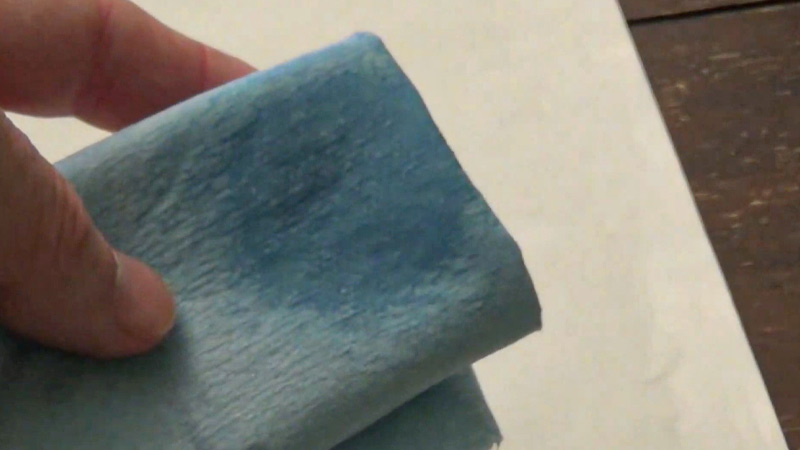
Dampen a cotton ball or a soft cloth with a small amount of rubbing alcohol or acetone. Blot the glue marks gently, being careful not to saturate the paper.
The solvent can help dissolve and lift the glue. However, exercise caution and always test in an inconspicuous area first to ensure it doesn’t cause ink bleeding or paper damage.
Heat and Peel Method
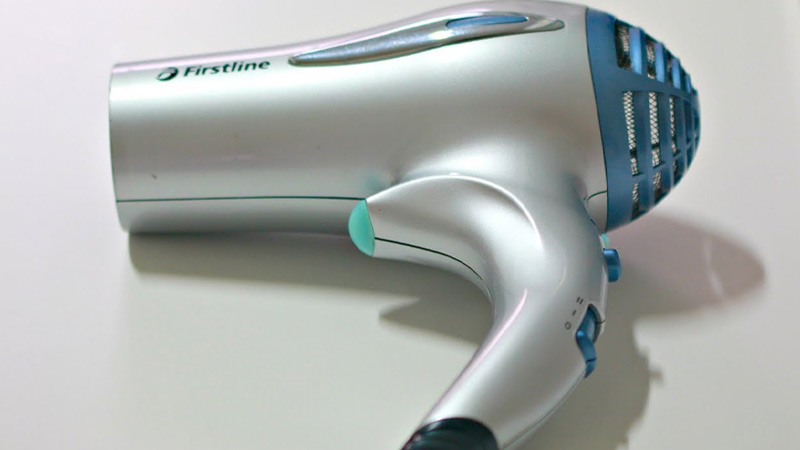
Use a hairdryer on a low, warm setting and hold it about 6 inches away from the glue marks. Gently heat the glue for about 20-30 seconds.
Once warmed, try to peel off the softened glue using your fingernail or a plastic scraper. Be careful not to overheat or get too close to the paper to avoid damage.
Pencil Eraser
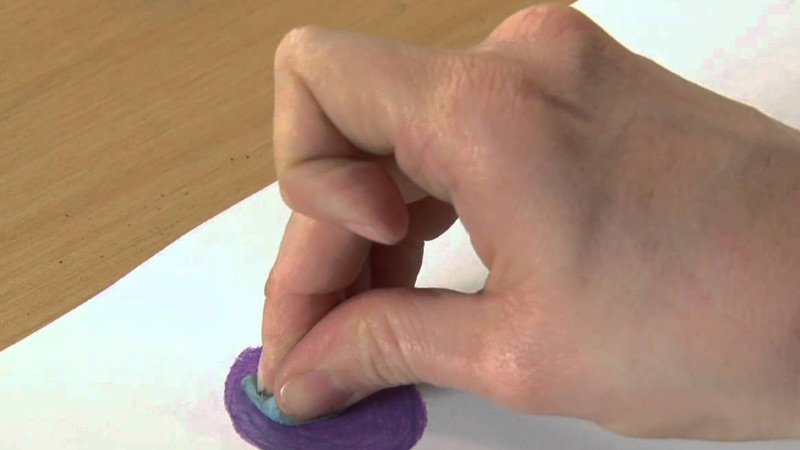
Gently rub a pencil eraser over the glue marks. The abrasiveness of the eraser can sometimes help lift the glue. Again, be cautious not to press too hard or rub vigorously to prevent damage to the paper.
Blotting Paper Method
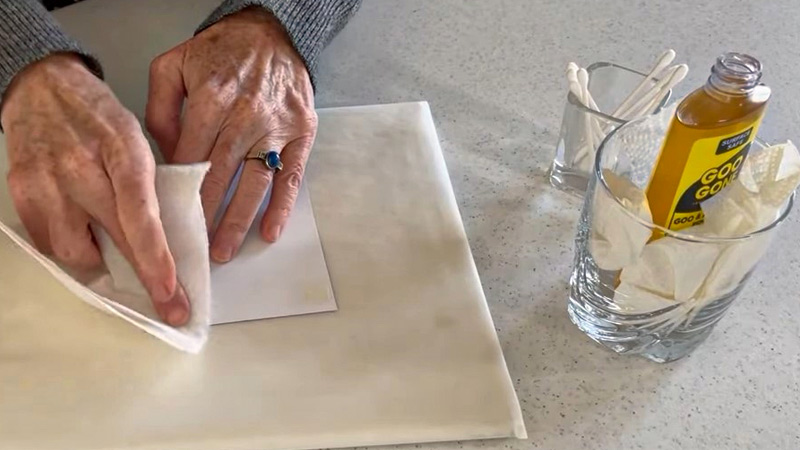
Place a piece of clean blotting paper over the glue marks. Use a warm iron on a low setting and press down gently.
The heat can soften the glue, allowing it to transfer onto the blotting paper. Always monitor the process closely to avoid overheating or damaging the paper.
Commercial Adhesive Removers
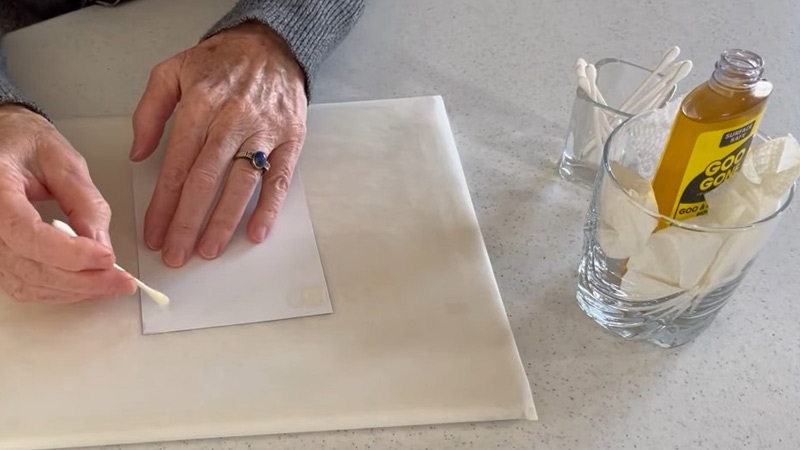
If other methods fail, consider using a commercial adhesive remover designed for use on paper. Follow the product’s instructions carefully, and be sure to test it in a small, inconspicuous area first.
Consult a Professional
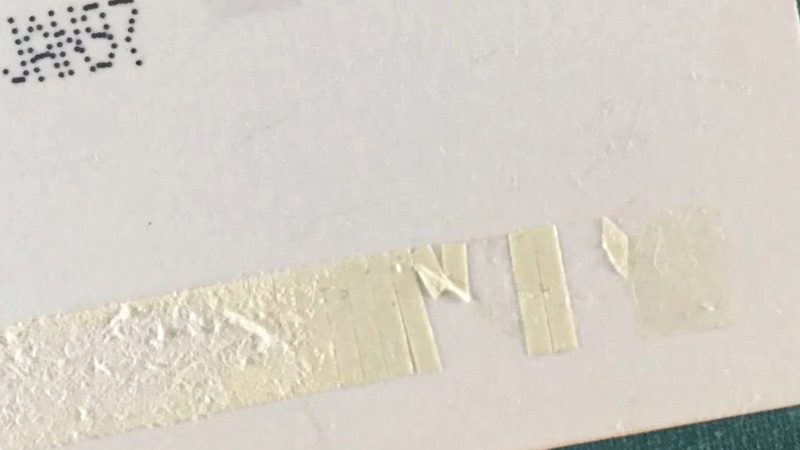
If the paper is of significant value or importance, or if you’re uncertain about using any of these methods, it’s best to seek advice from a professional conservator or restorer with expertise in paper artifacts.
They will have specialized knowledge and techniques to handle delicate materials.
How Can You Prevent Glue Stick Marks From Appearing on Paper?
Preventing glue stick marks from appearing on paper primarily involves careful application and handling of the glue stick.
Here are some tips to help you prevent these marks:
Use the Right Amount of Glue
Apply a thin, even layer of glue to the paper. Using too much glue increases the likelihood of excess glue spreading and leaving marks.
Apply Glue to the Correct Areas
Be precise with your glue application. Apply the glue only to the areas where you intend to attach or adhere to something. Avoid spreading it beyond the intended boundaries.
Avoid Excess Pressure
When gliding the glue stick on the paper, use gentle and even pressure. Excessive pressure can cause the glue to seep out from under the glue stick, leading to marks.
Use High-Quality Glue Sticks
Invest in high-quality glue sticks that are designed for clean and smooth application. Lower-quality glue sticks may have a tendency to clump or leave a residue.
Wait for the Glue to Dry
Allow the glue to dry completely before handling the paper. This prevents any accidental smudging or spreading of the glue.
Use a Scrap Piece of Paper
Place a scrap piece of paper underneath the area you are gluing. This can catch any excess glue that may seep through, protecting the underlying surface.
Clean the Glue Stick Tip
Regularly wipe the tip of the glue stick clean with a tissue or paper towel to remove any excess glue buildup. This ensures a clean application each time.
Practice and Precision
Practice your gluing techniques, especially if you are working on a project that requires precision. The more skilled you become, the better you can control the application of the glue.
Consider Alternative Adhesives
Depending on the project, consider using alternative adhesives like double-sided tape or adhesive dots, which can provide cleaner and more controlled results.
Protect the Paper’s Surface
If you’re working on a valuable or sensitive piece of paper, consider using a protective barrier such as wax paper or parchment paper between the glue and the paper. This can help prevent any glue transfer.
What Are Some Alternatives to Using Glue Sticks for Paper Crafts?
There are several alternatives to glue sticks for paper crafts, each with its own advantages and use cases.
Here are some popular alternatives:
Liquid Glue
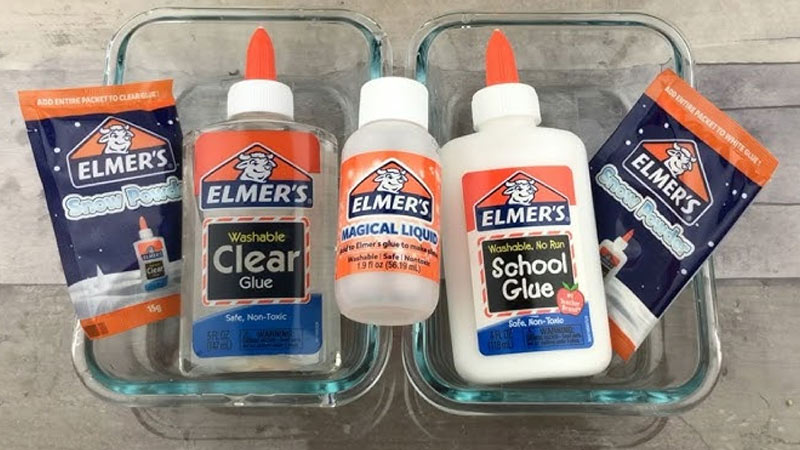
Liquid glue is a versatile adhesive that works well for most paper crafts. It provides a strong bond and allows for precise application.
Be sure to use a fine-tip applicator for detailed work. White glue typically dries clear, while clear glue dries transparent.
Double-Sided Tape
Double-sided tape is clean, easy to use, and provides an instant bond. It’s ideal for attaching paper elements without the mess or drying time associated with liquid adhesives.
It comes in various widths and can be found in permanent or removable options.
Adhesive Dots
Adhesive dots, often available on a roll or in a dispenser, provide a quick and easy way to attach paper items.
They are often used for scrapbooking and cardmaking. You simply apply the dot, press your paper in place, and you’re done.
Glue Dots
Glue dots are small, preformed adhesive circles or squares. They are very convenient for adhering embellishments or other small paper elements and are available in various sizes and strengths.
Mod Podge
Mod Podge is a decoupage medium that serves as both an adhesive and a sealant.
It’s commonly used in decoupage projects and can give a glossy or matte finish to your paper crafts.
Spray Adhesive
Spray adhesive provides a quick, even coat of adhesive and works well for larger paper surfaces or when you need to attach paper to other materials like wood or fabric. Be sure to use it in a well-ventilated area.
Photo Corners
Photo corners are small, triangular-shaped adhesive pockets designed for attaching photos or paper to a scrapbook page. They allow for easy removal and repositioning of items.
Washi Tape
Washi tape is a decorative paper tape that can be used both for adhering paper elements and adding decorative touches to your crafts. It’s available in a wide variety of colors and patterns.
FAQS
Can I remove glue stick marks from paper without damaging it?
Yes, by using gentle techniques and being cautious, you can effectively remove glue stick marks without causing significant harm to the paper.
What should I do if the glue is still wet?
Allow it to air dry completely before attempting to remove it. Trying to remove wet glue can spread it or cause further damage to the paper.
Can I use any type of eraser to remove glue stick marks?
It’s best to use a soft, white eraser like a kneaded eraser or a rubber eraser. Avoid using pink erasers or abrasive erasers, as they can be too harsh.
Is it safe to use rubbing alcohol or acetone on paper?
It can be used, but always test in an inconspicuous area first to ensure it doesn’t cause ink bleeding or paper damage. Use sparingly and avoid soaking the paper.
What if the glue stick marks are on a valuable or irreplaceable piece of paper?
If the paper is of significant value, it’s best to consult a professional conservator or restorer with expertise in paper artifacts for guidance on removal techniques.
To Wrap Up
To summarize, removing glue stick marks from paper is a manageable task with the right techniques.
By following the steps outlined in this guide, you can effectively eliminate residue and restore the clean appearance of your paper projects.
Whether you’re crafting, working on assignments, or handling important documents, these methods allow you to address glue stick marks with precision and care.
Remember to be patient, test on inconspicuous areas, and use gentle techniques to avoid unintended damage.
With these strategies in your toolkit, you can bid farewell to unsightly glue stick marks and enjoy the satisfaction of beautifully finished paper creations.
Leave a Reply